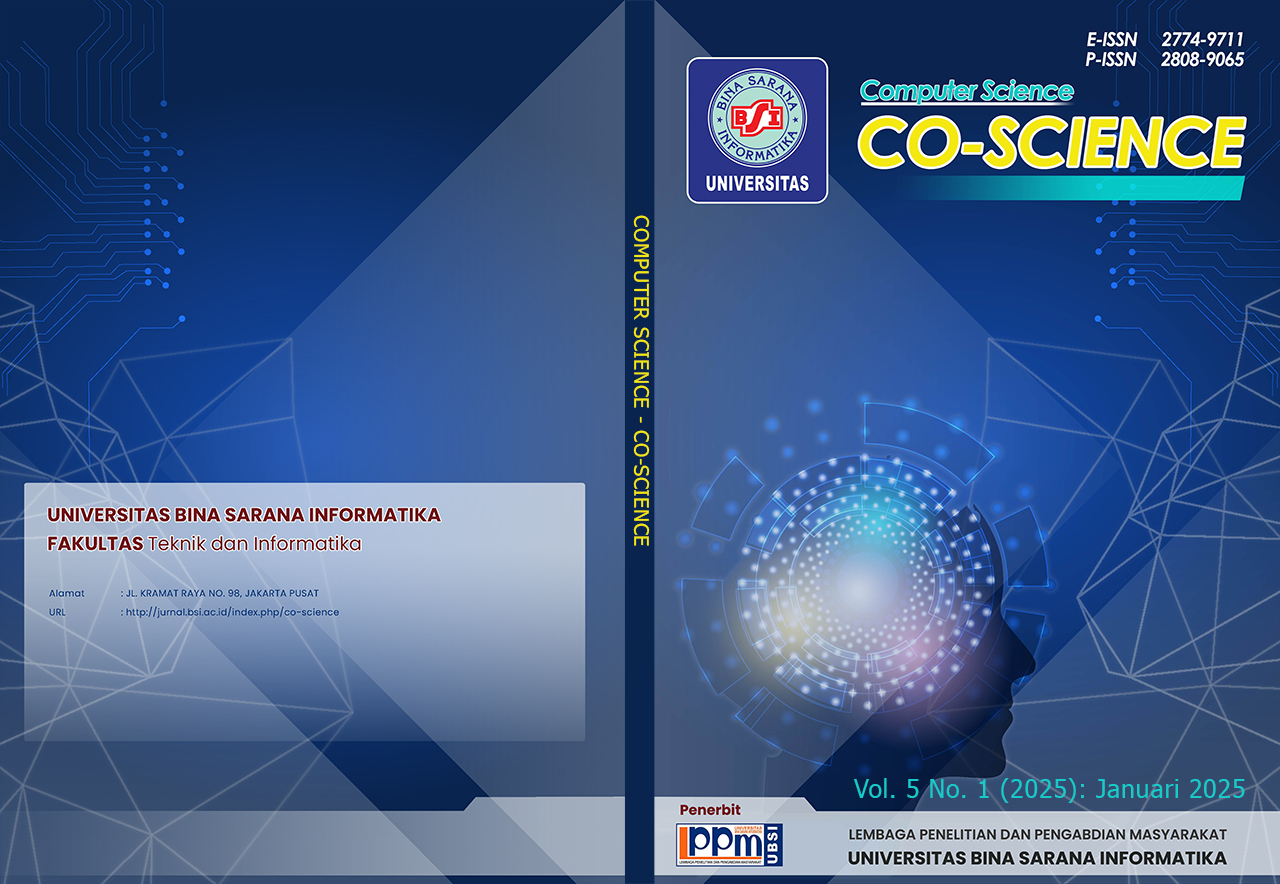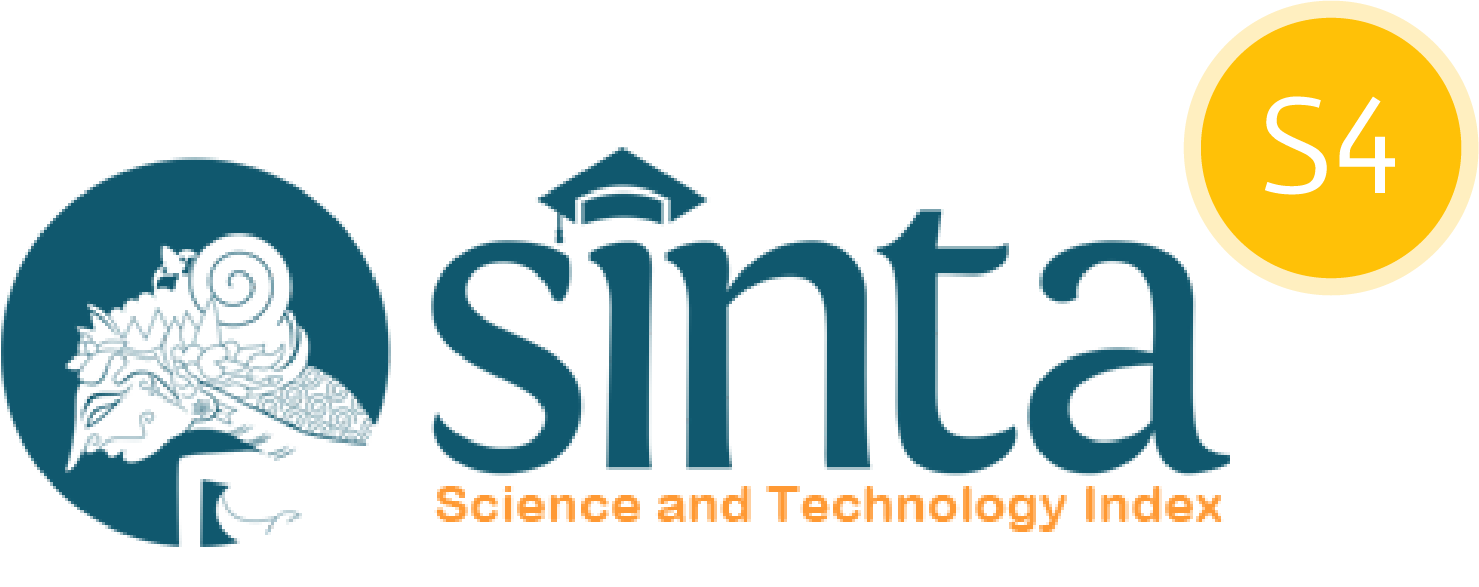Prediksi Risiko Alzheimer: Perbandingan Kinerja Algoritma Klasifikasi
DOI:
https://doi.org/10.31294/coscience.v5i1.5027Keywords:
alzheimer's disease, KDD, Data Mining, SMOTE, algorithm modelAbstract
Alzheimer's disease is one of the most common forms of dementia characterized by a gradual decline in the ability to think, remember, and behave. The disease progresses slowly and usually begins with short-term memory loss, followed by difficulties in language, disorientation, and personality changes. Early detection of Alzheimer's is important to slow its progression. This study implements Knowledge Discovery in Database (KDD) with data pre-processing stages, SMOTE data balance, classification. The dataset from Kaggle contains 2,149 data 35 features. This study uses five types of algorithm models. with the five algorithms tested. Logistic Regression, Decision Tree, Random Forest, Support Vector Machine, and K-Nearest Neighbor classification algorithms. Algorithm Implementation: The Random Forest algorithm is implemented during the classification process after data updates. This model is then assessed together with other algorithms using accuracy, precision, recall, F1-score, and ROC curve metrics to determine its effectiveness in detecting Alzheimer's. Meanwhile, the experiment was carried out by dividing the data into two parts, namely training data and test data of 70% and 30%. Research Results: The results showed that the Random Forest algorithm had the best performance with an Accuracy of around 0.98, Precision of 0.96, Recall of 1.00, and F1-score of 0.97, and an AUC value of around 0.99. This algorithm has proven to be superior to other algorithms in early detection of Alzheimer's disease.
Downloads
Published
Issue
Section
License
Copyright (c) 2024 sidik

This work is licensed under a Creative Commons Attribution-ShareAlike 4.0 International License.


















